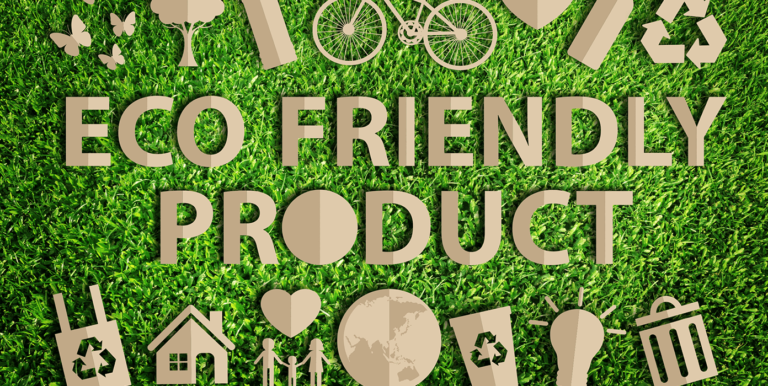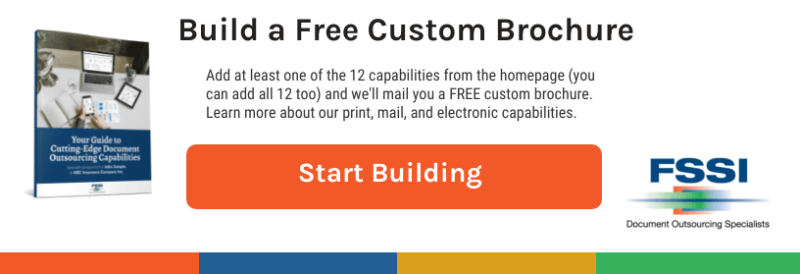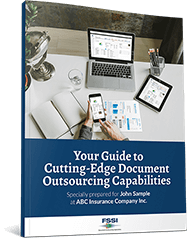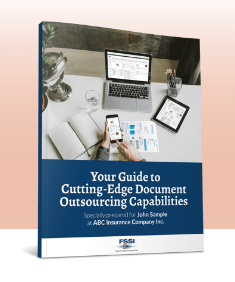Is Paper a Renewable Resource? – Myth vs. Fact

Is Paper a Sustainable Resource?
Paper can be a sustainable resource if it is produced from responsibly managed forests and recycled after use. However, if it is produced from virgin wood or not recycled, it can have a negative impact on the environment. Avoiding the use of wood is not the way to protect forests in the long term. It is precisely the areas of the world that consume the least wood that continue to suffer the greatest forest loss.
Myth: Paper is bad for the environment
Fact: Recycled Paper is one of the few truly sustainable products.
Paper is made from wood, a natural resource that is renewable and recyclable.
To make paper, we need to cut down trees, and that’s not good, right? Wrong! There is no shortage of trees, and the supply (in North America, anyway) is actually growing. In fact, recycled paper comprises a significant portion of many finished paper products, and there are many incentives in place to encourage that recycling. Paper itself, and the making of paper isn’t irresponsible or unsustainable. Recycled paper is now one of the most sustainable products on earth. This is due to North America’s implementation of responsible forestry practices. Paper sustainability has also increased due to the use of renewable biomass and advances in papermaking technology.
Some Fun Facts and Statistics About Paper
- Paper is based on wood fibers, a natural and renewable resource that can be planted, grown, harvested, and replanted. In fact, each year, forests in the US and Canada grow significantly more wood than they harvest.
- In North America, we recycle paper more than any other commodity. The benefits of recycling paper include: extending the wood fiber supply, reducing greenhouse gas emissions by avoiding methane emissions, contributing to carbon sequestration, reducing the energy needed for paper production and saving landfill space.
- Most paper in the United States is made from sawmill residues and recovered paper. Only 36% of the US timber harvest is used each year in manufacturing paper and paperboard, and in Canada only 13%.
- The paper industry has a number of respected certification processes ensuring that the paper you use has come from a sustainable forest source. These include the Forest Stewardship Council® (FSC), the Sustainable Forestry Initiative® (FSI), the American Tree Farm System (ATFS) and systems endorsed by the International Program for the Endorsement of Forest Certification (PEFC).
- Globally, only 10% of the world’s forests are certified – the majority of which are in North America. A growing number of printers and mailers (including FSSI) source ONLY certified products, sending the message that we support sound forestry and are willing to buy responsibly.
- Lastly, let’s talk about a gardening tip. We all know gardens love worms. Try using the paper from your shredder in your garden. All you need to do is just mix it in the dirt and watch the worms multiply. They love paper, turning it into beneficial ‘worm castings’, or worm poop, which is rich in nutrients and 100% organic. Let your shredded paper be a beneficial contributor to your environment!
Myth Vs. Fact Blog Series
You are reading part 2 of 8 of the Myths Vs. Facts About Paper, Printing, and the Environment series. To view part one, check out Myth Vs. Fact: Are the Paper and Packaging Industry Really Destroying Forests?
What to Expect Next in the Environmental Paper Series (3 of 8)
Does the paper industry actually have a big environmental impact? Find out in the next installment of Myth Vs. Fact.
FSSI
FSSI is a national, WBE-Certified document outsourcing company that was among the first print-mail outsourcing companies to integrate sustainability practices into regular business operations. We have recycled or responsibly disposed of tons of reusable waste including paper, wooden pallets, electronics such as computer monitors, and other office equipment. For its work in reducing energy consumption, the company earned Trane North America’s “Energy Efficiency Leader Award.” We also participate in the Carbon Disclosure Project (CDP), keepers of the world’s largest corporate emissions and climate change database, and recognized leader in greenhouse gas reporting. Visit the sustainability practices page to learn more about its ongoing commitment to environmental stewardship.

Sources
Two Sides U.S., Inc. (2013). Print and Paper Myths and Facts [Brochure]. Author. Retrieved from http://www.twosidesna.org/



